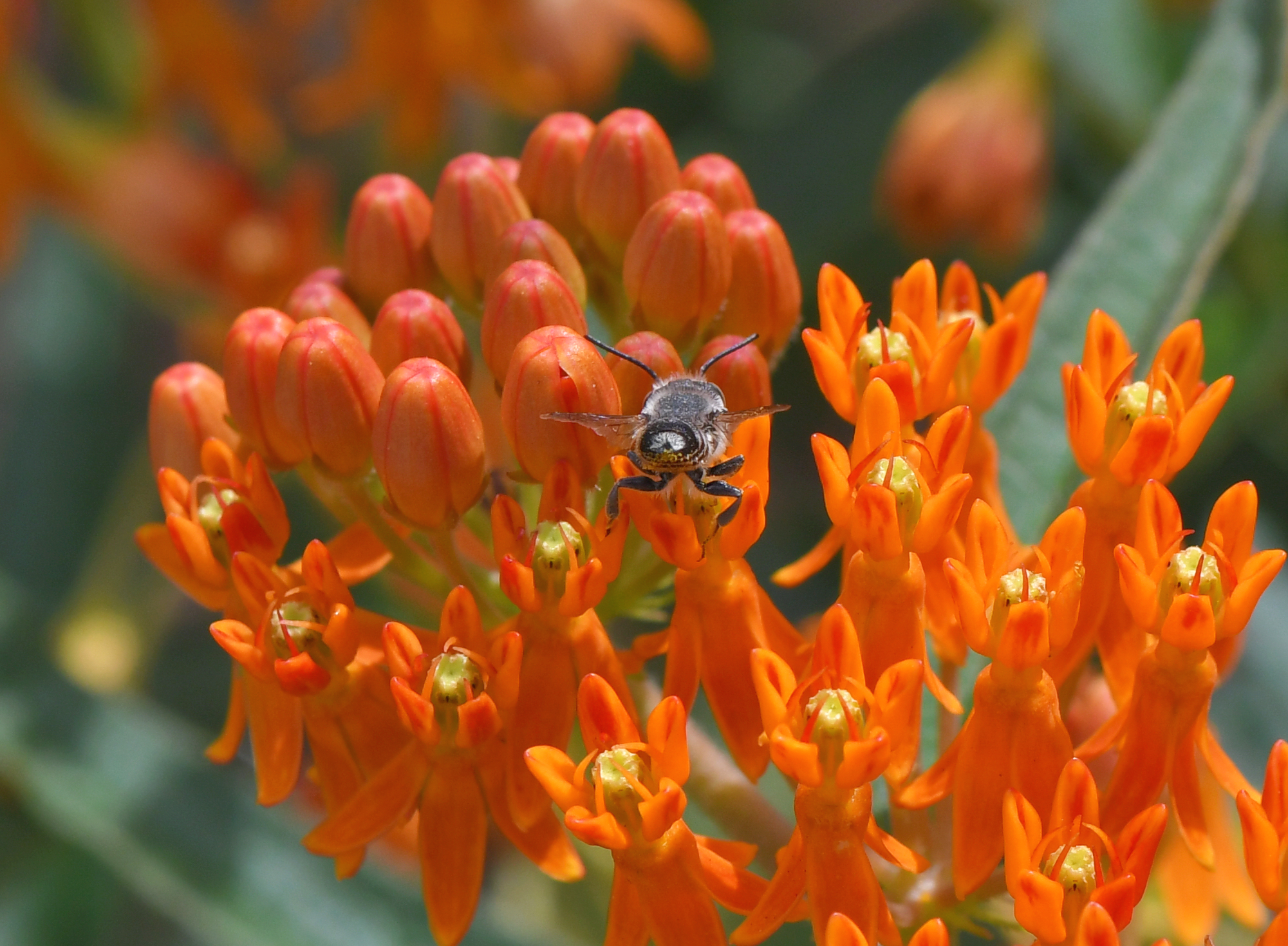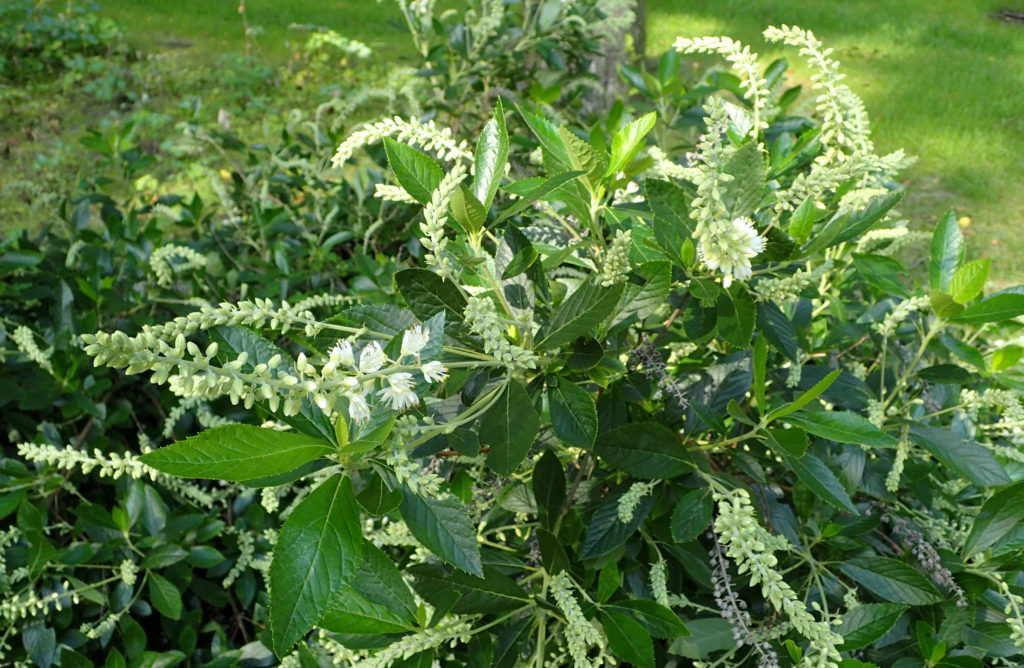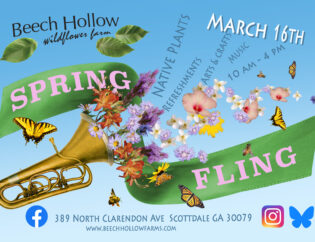
Asclepias tuberosa, Butterfly Weed, with nectaring bee. Photo by Don Hunter.
Lauren Muller, Conservation Outreach Coordinator
State Botanical Garden of Georgia
Chances are you are spending much more time at home during the pandemic.
This probably means you are spending more time observing your surrounding landscape and the critters it attracts. For many, this time at home has ignited the desire to sow seeds, grow vegetable, or plant flowers to attract more pollinators.
The benefits of creating a diverse garden, rich with native wildflowers are well documented in gardening magazines, blogs, throughout social media and increasingly documented in scientific publications. As home gardeners we are urged to participate in a revolutionary shift in the way that we landscape. The responsibility to protect and conserve valuable pollinators no longer falls exclusively on the shoulders of ecologists, entomologists and restoration professionals. For a novice gardener, this responsibility may be daunting.

Conradina canescens, or False Rosemary, is a spring blooming shrub full of flowers.
Where do I start? What do I plant? And where do I source them? A new program, Georgia Pollinator Plants of the Year (GPPY), aims to provide the answers.
If you are planning your first pollinator garden, this program will help you choose plants to enrich your garden for biodiversity. Georgia Pollinator Plants of the Year, led by the State Botanical Garden of Georgia, this year began recognizing four top-performing landscape plants that support pollinators. The selections are guided by a committee of entomologists, horticulturists, green industry professionals, and plant conservationists in order to promote species that look stunning in the garden and provide high ecological value.

Clethra alnifolia, or Sweet Pepperbush, a summer blooming shrub with fragrant flowers.
The winning plants fall into the following four categories: Spring Bloomer, Summer Bloomer, Fall Bloomer and Georgia Native. Start your pollinator garden by including these four winning plants in your garden to ensure that pollinators are provided nectar and pollen throughout the growing season and that food is provided for the larval insect phase.
The State Botanical Garden is proudly partnering with Beech Hollow Farms to ensure the availability of the winning plants in 2021—the inaugural year of GPPY. Here’s a sneak peak of four must-have plants for your pollinator garden:
Spring Bloomer: Conradina (Conradina canescens) is a delightfully scented and fine-textured evergreen foliage. Plants look great trailing down a container and have a fantastic architectural growth habit. These bloom profusely in spring and support many native bees.
Summer Bloomer: Sweet Pepperbush (Clethra alnifolia) produces intoxicatingly fragrant flowers in the summer when most other plants have stopped blooming. It provides nectar for a variety of pollinators and birds, and other animals feed on the seeds in fall and winter.
Fall Bloomer: Downy Goldenrod (Solidago petiolaris) is an excellent plant for supporting pollinators such as bees, wasps and at least 112 species of butterflies and moths.
Georgia Native: Butterfly Weed (Asclepias tuberosa) has striking orange flowers; few other plants have such a bright orange color. It is excellent for sunny borders, meadows and containers. This plant is the larval host plant for Monarch Butterfly and Milkweed Tussock Moth and a nectar source for bees, butterflies and hummingbirds

Solidago petiolaris, Downy Goldenrod. Photo by Don Hunter.
Keep an eye out for these show stopping plants at Beech Hollow Farms in 2021. To learn more about the program, and to nominate your favorite pollinator plants, visit https://botgarden.uga.edu/conservation-science/pollinator-plant-program/









